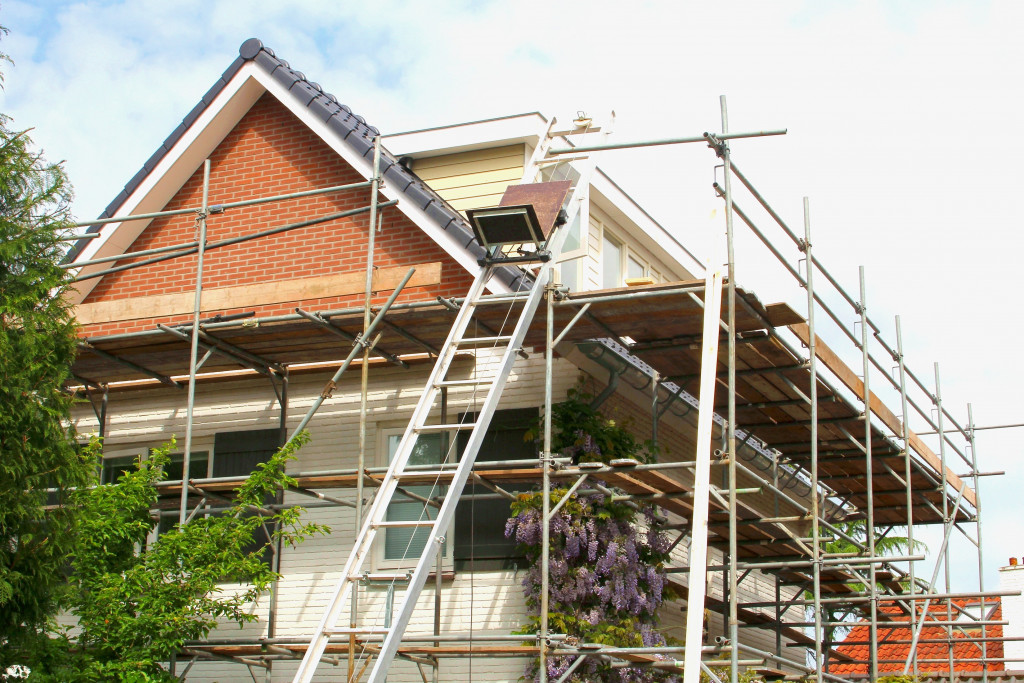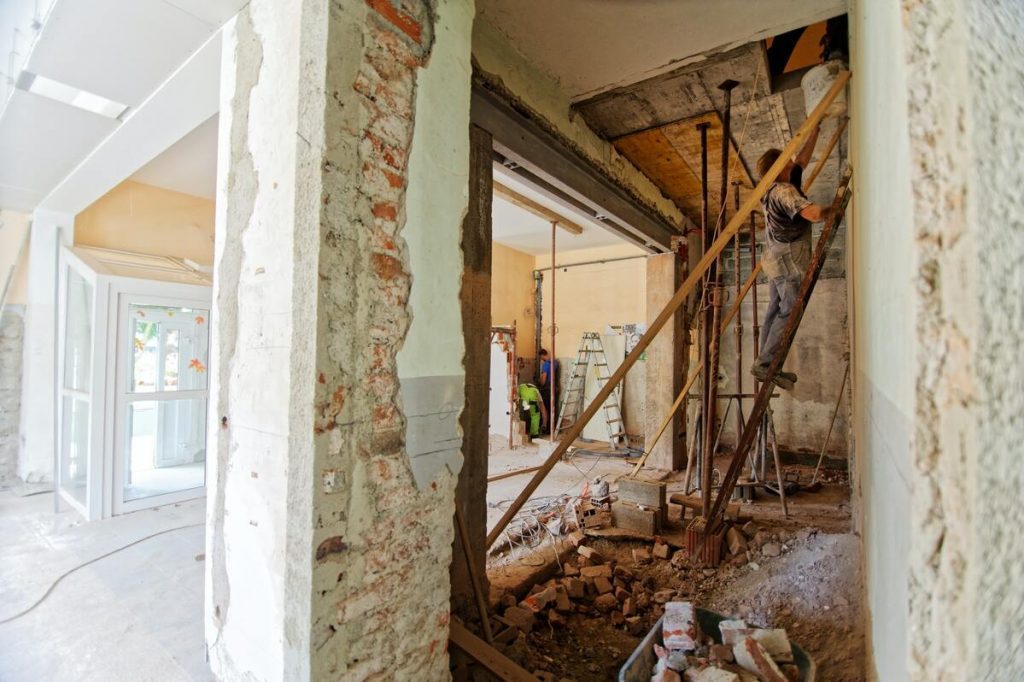Most experts advise against a 100% DIY home remodel. Their opinion doesn’t have anything to do with the revenue they may lose from it, but the risks. If you’re amateur in-home services, your DIY remodel could generate costs you’d otherwise not encounter with pros on board. But because the pandemic has affected the supply of contractors, many homeowners were forced to take matters into their own hands.

A DIY home remodel may seem cheaper, but that’s not always the case. Amateur mistakes can cost an arm and a leg to correct, after all. Thankfully, you can use these hacks to minimize your errors and achieve polished results:
1. Compute the Costs of Remodel vs. a New Home
Before starting, consider if a home remodel is really worth the money. If you want to remodel your entire home, you may discover some hidden issues that would blow up the costs of your project. For example, your old home’s foundation turned out to be against the latest codes. In that case, a replacement is necessary. That can add as much as $30,000 to your overall expenses.
Instances like that can make building a new home more cost-efficient than remodeling. It doesn’t mean it’s cheaper, but for the price you’d pay, you can have better-quality materials and structural integrity that follows the code. What’s more, the value of a newly built home can start off twice as much as your old home. If you resell it, you’d profit substantially.
If you’ll only remodel a single room, though, you can skip this hack. But don’t dismiss it altogether, especially if you plan to remodel other parts of your home soon.
2. Avoid Extensions
Many people include an extension to their remodeling agenda. While it can be useful in some cases, an extension doesn’t always increase efficiency. And better efficiency should always be the goal of remodeling.
It’s wiser to make the most out of your available square footage than to spend loads for an extension. Besides, perhaps the reason you lack space is clutter. If space-hogging shelves occupy around one-sixth to one-seventh of a room, take those out and replace them with floating shelves. Get rid of the things you don’t need, and only keep what still serves you. That can make you realize that you already have more space than you need.
3. Install a Solar Tube
If lack of natural light is a problem, don’t cut your walls to create a bigger window. That’s not just expensive, but time-consuming as well. Instead, buy a solar tube and install it between your roof rafters. It catches the sunlight and funnels it down inside your home.
5. Buy Used Construction Equipment
Contractors usually look for top-quality secondhand heavy construction equipment for sale instead of brand-new ones. You can also do this if you’d dig and repair your home’s foundation. A backhoe or compact excavator would also be useful if you’d tear down some exterior walls to install new materials.
But before buying, ensure that the equipment comes with a warranty, even if it’s used. Review the terms of the warranty and don’t finalize anything until you’re comfortable with the terms. Also, confirm if the equipment’s title is free of liens. This can be tricky, because a long list of former owners increases the likelihood of a lien. If you bought equipment with a lien, the law would usually favor the lienholder. As such, you can lose it if the seller runs into a financial problem. You’ll also lose any chance to profit from your equipment then.
So choose used equipment that have been passed down less, and earn profit by renting it out to other remodeling homeowners in the future.
6. Don’t Dismiss an Interior Designer
Many people shy away from an interior designer because they assume they charge exorbitantly. But there are interior designers out there who fit the average budget. Don’t dismiss the idea of hiring one, because they can give you massive cost-savings in the end.
If you want full control of the project, look for a package in which the designer offers you a design plan for you to execute on your own. That way, you can choose materials, finishes, and textures approved by a pro. The furniture pieces are guaranteed to fit the scale and aesthetics of the home too because they are recommended by an interior designer. If you’re worried about not finding the pieces the interior designer chose, let them accompany you when you shop.
These cost-cutting measures don’t sacrifice quality, so you can do no wrong if you follow them. But that’s if you have sufficient DIY skills to begin with. If you need more practice, don’t rush the project until you’ve honed your skills.





